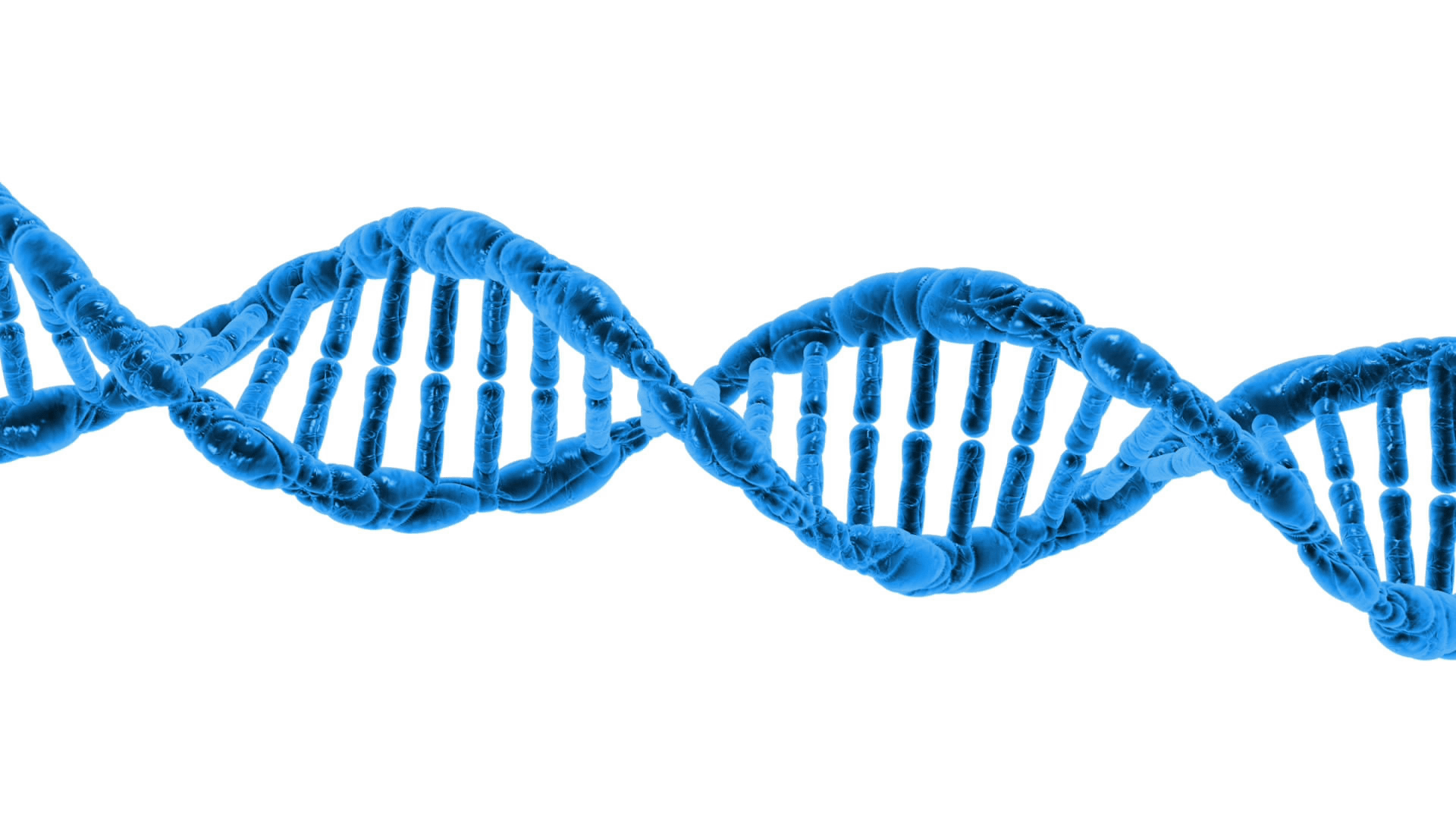What is a gene?
Genes are small sections of DNA within the genome that code for proteins. They contain the instructions for our individual characteristics – like eye and hair color.
From Gene to Protein
Have any questions? Call us now!
What is a Cell?
A cell, in biology, is the basic membrane-bound unit that contains the fundamental molecules of life and of which all living things are composed.
About Stem Cells
Stem cells are undifferentiated cells that can transform into specialized cells such as heart, neurons, liver, lung, skin and so on and can also divide to produce more stem cells.
In a child or young adult, these stem cells are in large supply, acting as a built-in repair system.
Cell Therapy
Historically, blood transfusions were the first type of cell therapy and are now considered routine. Bone marrow transplantation has also become a well established medical treatment for many diseases, including cancer, immune deficiency and others.
Gene Therapy
Gene therapy is defined as a set of strategies that modify the expression of an individual’s genes or repair abnormal genes. Each strategy involves the administration of a specific nucleic acid (DNA or RNA).






